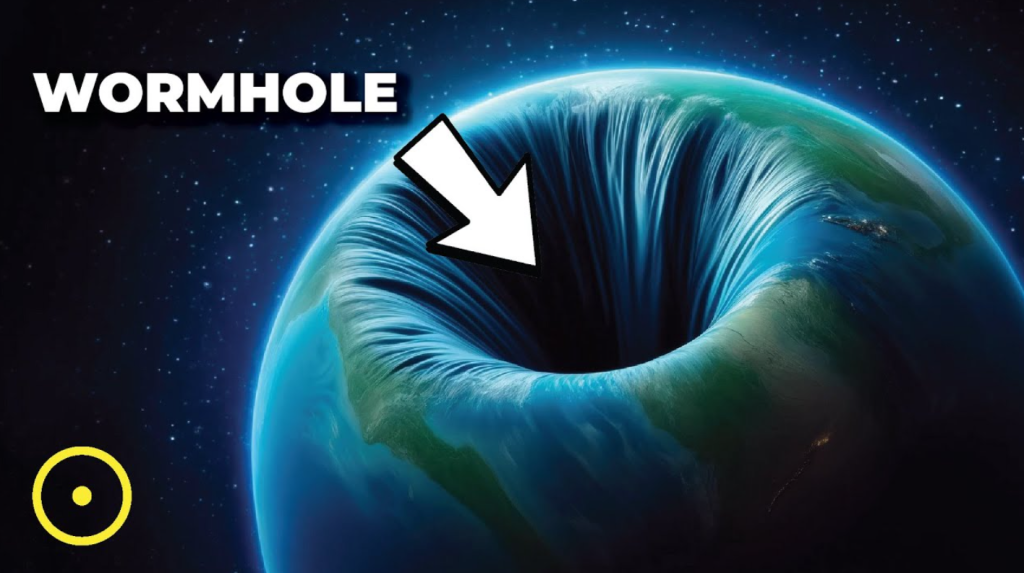When we think about death, it often means the end. But for stars, the process is quite different. Rather than burning out, stars transform and continue playing a role in the universe’s ongoing story. Stars are born from giant clouds of dust and gas, known as nebulae. When enough material gathers, the pressure creates intense conditions for nuclear fusion, and a star is born.
Most stars spend the majority of their lives in the “main sequence” phase, where they burn hydrogen into helium. During this phase, stars like our Sun are relatively stable, and their energy output remains steady. However, a star’s life is finite. Depending on their mass, stars can live anywhere from millions to billions of years. Larger stars burn through their fuel more quickly, leading to a shorter lifespan.
When a star exhausts its nuclear fuel, it enters the next stage, which some might call its death. However, this is really a phase of transformation, not an end. Smaller stars, like our Sun, swell into red giants, shedding their outer layers before shrinking down into a dense white dwarf. Though these stars are no longer undergoing nuclear fusion, they continue to emit residual heat for trillions of years before fading into black dwarfs—cold, dark remnants of their former selves.

Massive stars, on the other hand, die in a more explosive fashion. When they run out of fuel, they don’t fade away quietly but instead explode in a supernova, a burst so bright it can outshine entire galaxies. The remnants of these stars might form either a neutron star or, if the core is massive enough, a black hole. Neutron stars are incredibly dense and small, often only 10 km across, but they have a mass greater than our Sun. They spin rapidly and emit beams of electromagnetic radiation, known as pulsars.
If the mass of a star’s core is sufficiently large, it can collapse into a black hole, a region of space where gravity is so intense that not even light can escape. The fate of neutron stars and black holes remains uncertain, but some scientists suggest that neutron stars could slowly fade, while black holes might eventually evaporate over an unimaginable timescale, returning their energy to the universe.
Though black dwarfs have yet to exist, they are theorized to be the final stage of white dwarfs, cooling and fading away over trillions of years. As for the universe itself, theories suggest it could either keep expanding forever (the Big Freeze), collapse in on itself (the Big Crunch), or tear itself apart (the Big Rip). In all these scenarios, everything in the universe undergoes transformation.
So, while death as we know it may not apply to stars, their journey is one of constant transformation. In the grand scheme, the universe never truly ends; it simply evolves, recycling matter and energy into new forms. This continuous metamorphosis challenges our perception of life, death, and everything in between, suggesting that everything in the cosmos is always in flux—nothing truly dies, it just transitions.